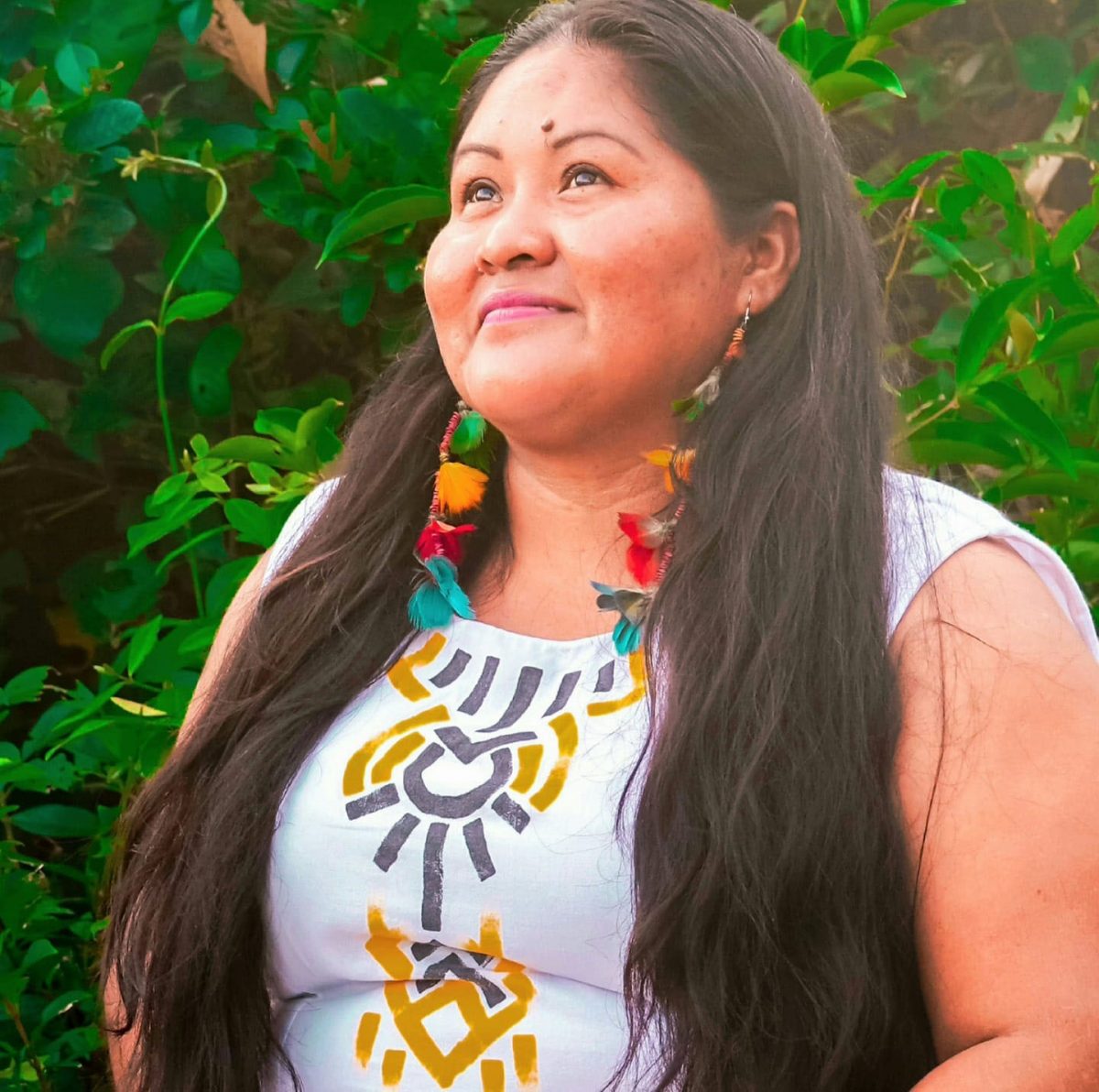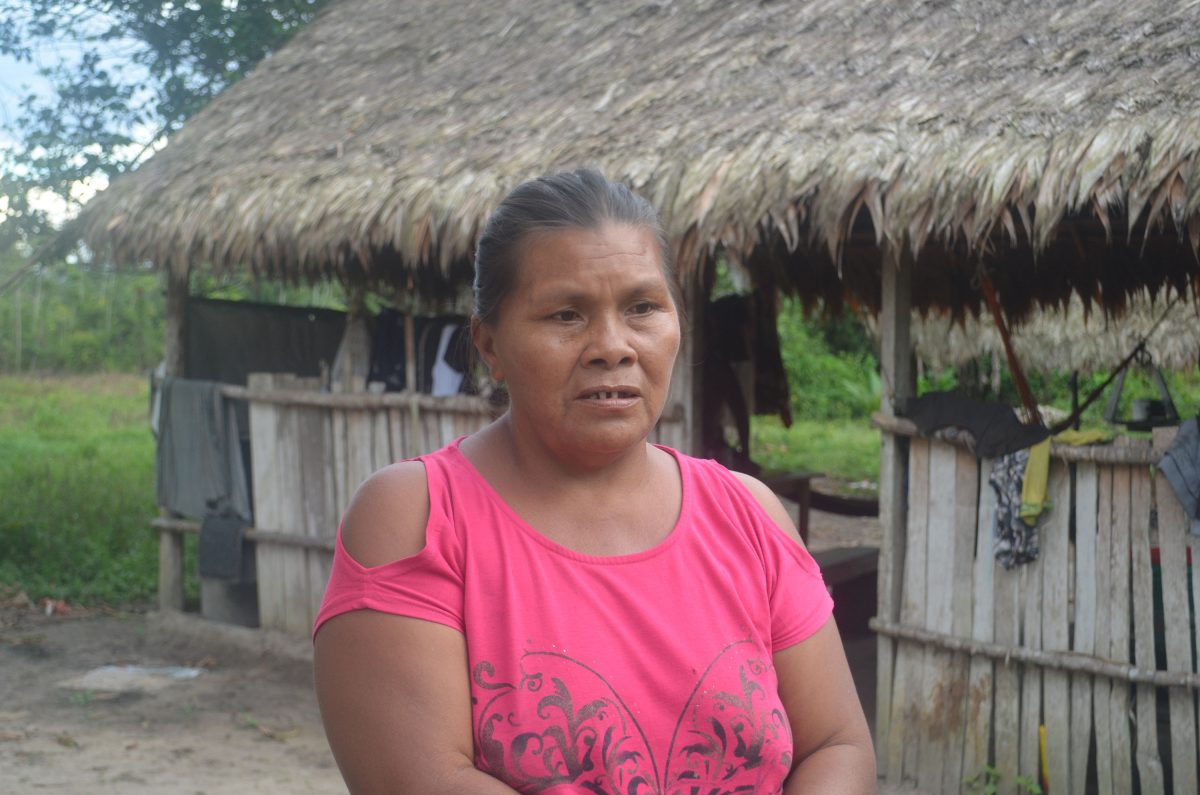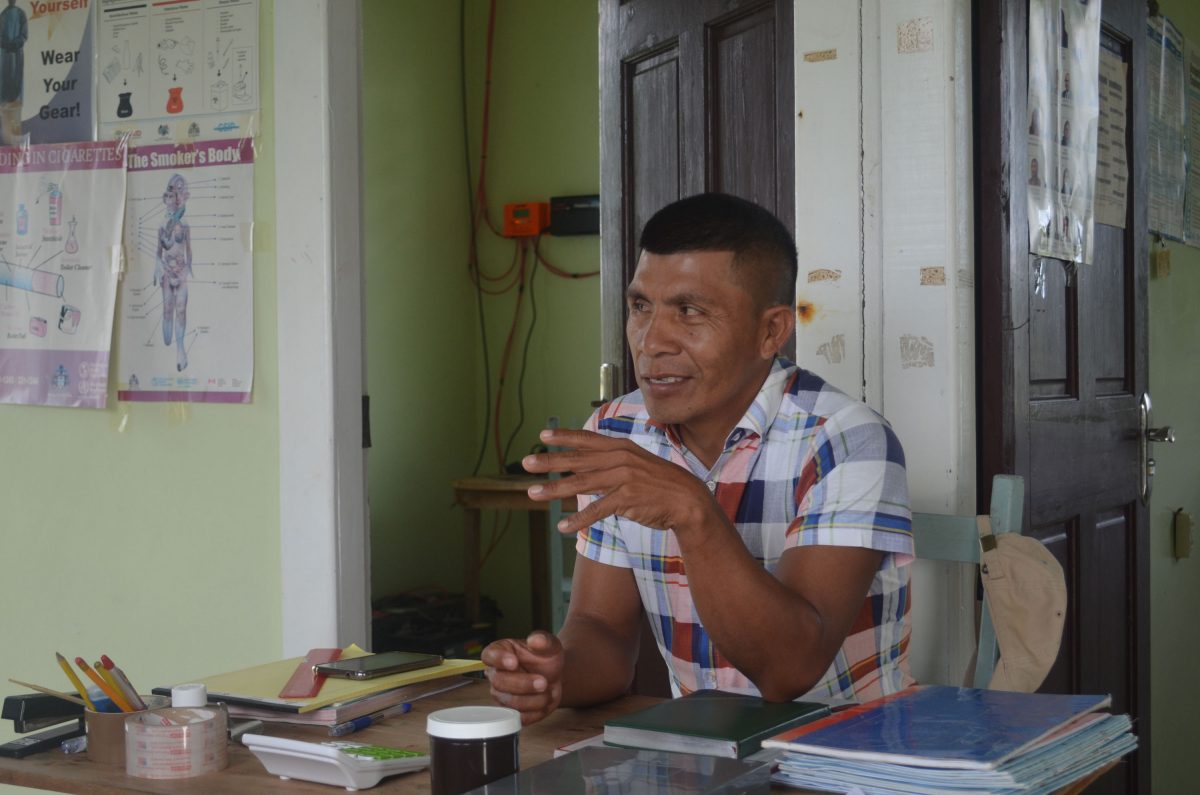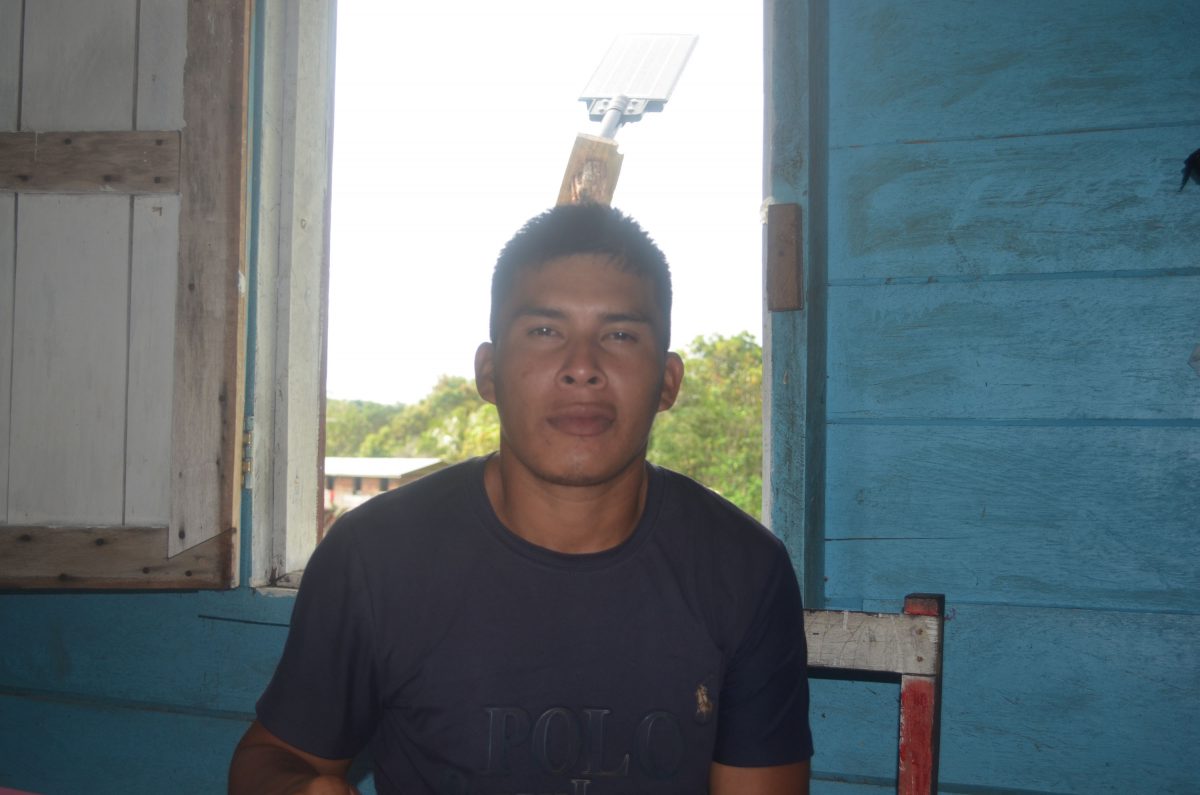With limited information on the ongoing COVID-19 vaccination drive, there is strong skepticism among members of the Indigenous Wapichan and Wai-Wai tribes in some of the most far-flung communities in Region Nine, which some fear could hinder national efforts to achieve herd immunity.
Following the confirmation of COVID-19 cases in Guyana, many Indigenous communities were forced to adapt to what has been described as “the new normal,” such as wearing masks, social distancing and travel restrictions, in order to curb the transmission of the virus. This was very much the case in the Deep South Rupununi, where village leaders acted quickly, erecting gates and imposing restrictions in their respective communities. To date, there is yet to be a COVID-19 outbreak among these communities and they hope that this remains the case, especially since they have limited access to medical facilities.
Parabara is located deep in Region Nine’s southern forests and has a population of just over 200 residents who identify as either a Wapichan or Wai-Wai, two of three indigenous tribes that can be found in the region.
Like several of its far-off neighbouring communities in the Deep South Rupununi, Parabara has remained COVID-19 free more than one year since the virus was first detected in Guyana. Given its geographic location, the community remains largely disconnected from the rest of Guyana, with little travel in or out and almost no internet access save for the government’s installed Wi-Fi and no cellular connections. Despite this, COVID-19 is a prevailing topic in the village, as like the rest of Guyana they have felt the impact of the pandemic, which varies from education changes to social restrictions.
Ezbon Jerome, who is the healthcare worker attached to the community’s lone health centre, noted that with the COVID-19 vaccines only being recently approved there has been limited information on the shots but the people are very curious. He himself was vaccinated over two weeks ago and subsequently became the focal point for the community’s curiosity. Given the small size of the community, Jerome told Stabroek News that everyone knew he was going to get vaccinated and after his return to the community, he was faced with a series of questions about the vaccine and its side-effects.
“I was watched all the time,” he recounted with a laugh as he noted that he understood why this was. He disclosed that many persons have already expressed fears about getting vaccinated against the virus and when a medical team did an outreach sometime after he got vaccinated, the people thought that they were going to get vaccinated and so many stayed away.
“They felt like this medical team came to give these COVID vaccines for everybody and they were scared because they are hearing that it is not good and the side effects are bad,” he said. This was so even after he assured them that he had experienced no side effects after he received the vaccine and that it would be like receiving a yellow-fever vaccine.
With little or no public awareness campaigns done on the COVID-19 vaccines in remote communities across Guyana, many living in these area believe that it will be very difficult for the government to achieve herd immunity as hoped, even if enough vaccines are acquired. Jerome said that he believes that there should be public awareness campaigns so that persons would be more open to receiving the vaccines and this should be done in the people’s native language.
He himself was told to convince people living in the community to get vaccinated after he received his shot.
A resident, Claudette (only name given), told Stabroek News that she has heard about the vaccines but there is limited information available about them. She revealed that one of the rumours circulating in the community is a religious one as the people are being told that if they get vaccinated they will receive “the mark” and after a few hours they will get marks all over the bodies and everybody will get infected with the virus. “I think to myself, I wonder if I will get this,” she said, while noting that this caused her to become skeptical.
However, she was among those that visited Jerome after he was vaccinated to observe him and he assured her that he was fine and that some of the information circulating around the vaccine was false. She noted that she will be vaccinated as she wants to resume travelling.
“They should put out more information because we ready to hear,” she said.
Toshao Richard Andrew also said that the people living in the community are skeptical about the vaccines and there have been much discussions and debate about whether they would receive the vaccine. He told Stabroek News that when the vaccine is available he will be getting immunized against the virus.
More than a year later, many of these restrictions imposed by the government and Toshaos remain in place. However, the government has since started processes to acquire COVID-19 vaccines and the President earlier this year announced that they want to vaccinate at least 75% of the Guyanese population by the end of 2021 so that herd immunity can be achieved and Guyana can exit the COVID-19 pandemic, which still continues to rage around the world.
Thus far, Guyana has received 3,000 COVID-19 vaccines from Barbados, 20,000 from China, 80,000 from India and 24,000 from COVAX. These would be able to vaccinate 63, 500 persons. Immunization against COVID-19 began in February and continues throughout the country to date.
In recent interviews with Stabroek News, Toshaos across Guyana revealed that many persons living in their respective communities are skeptical about receiving the COVID-19 vaccines due to the prevalence of false information being circulated and the apparent inaction by relevant authorities to dispel these rumours.
Myths
During a recent visit to the Region, the Communications Officer of the South Rupununi District Council and a resident of Aishalton, Immaculata Casimero stated that based on her observation, the government will not be able to achieve its herd immunity goal if it is not sensitizing persons about the COVID-19 vaccine.
“Before vaccination there should have been awareness raising in our communities, which wasn’t done and I know that through the radio local broadcasters have been trying to send the message across but not everyone has radios, so what is happening is that a lot of people believe in the myths that are being spread around the villages,” she commented.
She added that there are a few persons who want to get vaccinated, herself included because she suffers from asthma.
Casimero noted that the SRDC is trying to change the negative perspective but this has already proven to be a difficult task. In fact, she related that members of her own family bluntly told her, “Anytime you die, please let them people bury you,” when she expressed her interest in getting immunized against the virus.
Noting the risk attached to sending persons from outside the communities to do public awareness, Casimero said that the government can make use of locals living in the area or even organizations like the SRDC and the North Rupununi District Development Board (NRDDB) who can speak the native languages to carry out this task.
At least, she said, such initiatives should help the people who have little access to television, internet and radio to get a better understanding of the COVID-19 vaccine and its perceived side effects.
During a vaccination drive held at the Aishalton District Hospital, some 118 persons were vaccinated from several communities in the South Rupununi area.
“They won’t be able to achieve what they want to achieve by year end because they are not sensitizing people or raising awareness on the COVID-19 vaccines. A lot of people — even my father — said they are not taking the vaccine. There are a lot of people like him, so they need to do a lot of sensitization,” she said.
Toshao Michael Thomas, of Aishalton, also voiced similar concerns, while noting that despite them not having recorded a single case of the virus, they have been impacted in other areas, such as education and travel restrictions. He says many are hopeful of exiting the pandemic but given the skepticism about the vaccines, this seems unlikely.








